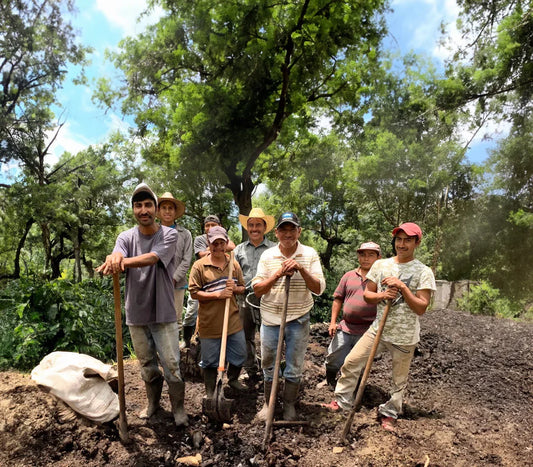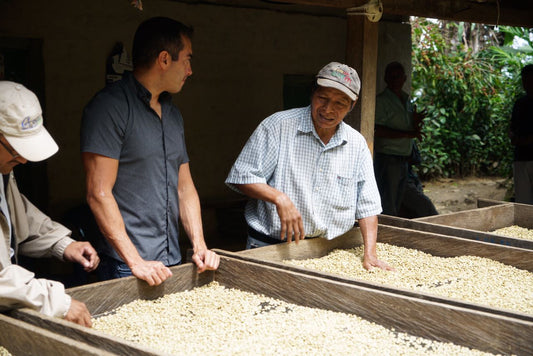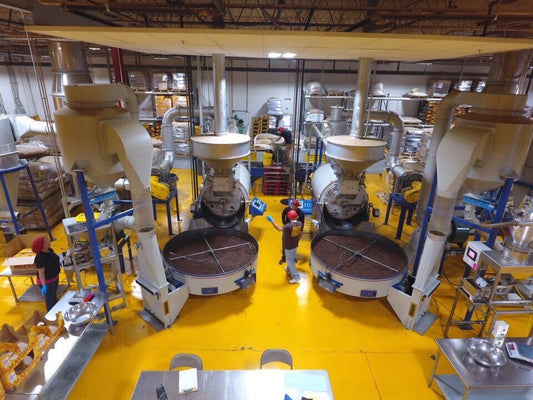
"Ask for La Abuela": How to Do Nicaragua Like a Local
Whether chomping on vigorón in Granada or riding the waves at Playa El Tránsito, Nicaragua is best experienced by skipping the well-trodden tourist trails and following the lead of the locals.
From volcanoes, lakes and beaches to vibrant markets, adventure activities and delicious food, Nicaragua offers visitors to the country a truly unforgettable experience.
In fact, some become so enamored with the diverse beauty and unique offerings that they don’t want to leave.
One such person is Gail Rabasca, a Baltimore-based writer, who fell in love with the Land of Lakes and Volcanoes while on holiday.
As love stories go, one thing led to another and today Gail runs the travel blog Hidden Nicaragua with local tour guide Luis Altamirano. Their aim, above all else, is to share all Nicaragua has to offer with prospective travelers.
"Everyone I know who's visited the country was surprised by it and fell in love with it," Gail says. "Tourism is so important for Nicaragua – but people just don't know what it has to offer."
Enchanting Towns
First up on the list of offerings is its beautiful towns.
Luis recommends the small cities of Matagalpa and Jinotega – rural and less popular destinations in the north where coffee, sugar, and tobacco are farmed.
Matagalpa and Jinotega both enjoy spring-like weather all-year round, with average temperatures ranging from 78°F to 82°F.
Here, it’s not about high-octane adventures, but rather an opportunity to take in the verdant landscapes, hike to the waterfalls, and discover the hard-work of the local farmers.
Of course, some of the larger cities, such as Granada and Leon, also provide unique experiences and are well worth a visit.
Granada, one of the oldest cities in Central America, has beautifully preserved Spanish colonial buildings and a strategic location.
The city, which is about 27 miles from the capital Managua, sits in front of Lake Nicaragua or Cocibolca, the largest lake in Central America, and right next to the Mombacho volcano.
Granada's colorful streets are also a delight for Instagrammers. Gail and Luis recommend a stroll down Calle La Libertad for plenty of photo opportunities.
A little further to the north is León. The city boasts two Unesco World Heritage Sites: the iconic León Cathedral, a Gothic masterpiece dating back to the 13th century, and the ruins of León Viejo, the original location of the city before it was moved due to concerns about seismic activity in the area.
It’s also here that you’ll find Twin Engine Coffee – one of the top roasters in the country. A quick stop to stock up on their award-winning Nicaraguan single-origin coffee is reason enough to visit the city or enjoy a cup of their Cigar No1 dark-roast coffee at Pan y Paz Panaderia y Cafe.

Adventurous Experiences in Nicaragua
Nicaragua has 23 volcanoes, 19 of which are currently active, so taking a trip to see them up close and personal is a definite must.
The Mombacho Volcano Nature Reserve near Granada is a good option. Here, tourists can view a (dormant) volcano and, with luck, the little endemic Mombacho salamander, hike in the clouds or zipline through the forest.
Hurtling down the slopes of the active Cerro Negro volcano near León is another unique experience that adrenalin junkies can look forward to.
Deemed one of the most adventurous experiences in the world, volcano boarding is certainly not for the faint of heart but definitely worth a spot on a travel bucket list.
Near León, Playa El Tránsito has great waves for surfers and calm natural pools for bathing.
More to the south, near San Juan del Sur, travelers will find the best beaches for surfing. While Playa Maderas is the most popular beach with surfers and tourists in Nicaragua, locals prefer Jiquiliste Beach, Popoyo, Manzanillo and Colorado.
On the Caribbean side, the Corn Islands offer one of the best experiences. "They are very remote and completely untouched," Gail says. "They are like gorgeous private islands. You can snorkel in the coral reefs and see the turtles. There are no cars on the islands, it’s totally natural and so beautiful."

What (and How) to Eat in Nicaragua
There’s no better place to taste a good vigorón than in Granada, where the dish originated. Made with boiled yuca and pork rinds topped with a tomato-and-cabbage salad, it is one of the country’s most iconic dishes and well worth a try.
Gail and Luis recommend heading to El Mercado in Granada and asking for "La Abuela", a local street-food vendor who makes the best vigorón.
Other tastings that should be mandatory are that of gallo pinto – a delicious concoction of rice and beans – and nacatamal, a traditional dish consisting of boiled corned dough filled with pork, rice, potato and tomato and wrapped in plantain leaves.
And don't forget to try some Nicaraguan quesillo. According to Gail, it’s the best street food you can find.
Luis also suggests tasting the cacao (prepared with roasted cacao, cinnamon and milk), the ancestral drink chicha bruja, which is made from fermented maize, and, of course, the world-famous local rum.
Local markets are the best places to try all these traditional meals and products according to Luis who is convinced that "somehow the markets have better food than the restaurants here in Nicaragua." He suggests Parque Central in Granada with all its street vendors for an authentic taste of Nicaragua.
Foodies can also book coffee tours via Café Las Flores, one of the regional brands that also offer ecotourism activities, to taste the local beans, which have a unique flavor profile thanks to the soil around the Mombacho volcano where it is grown.
"The main characteristic of the coffee is that it is very sweet thanks to the acidity of the volcanic soil and all the nutrients and minerals," Luis explains. "It’s no secret Nicaragua is a small country. But what we lack in size, we make up for in coffee."


